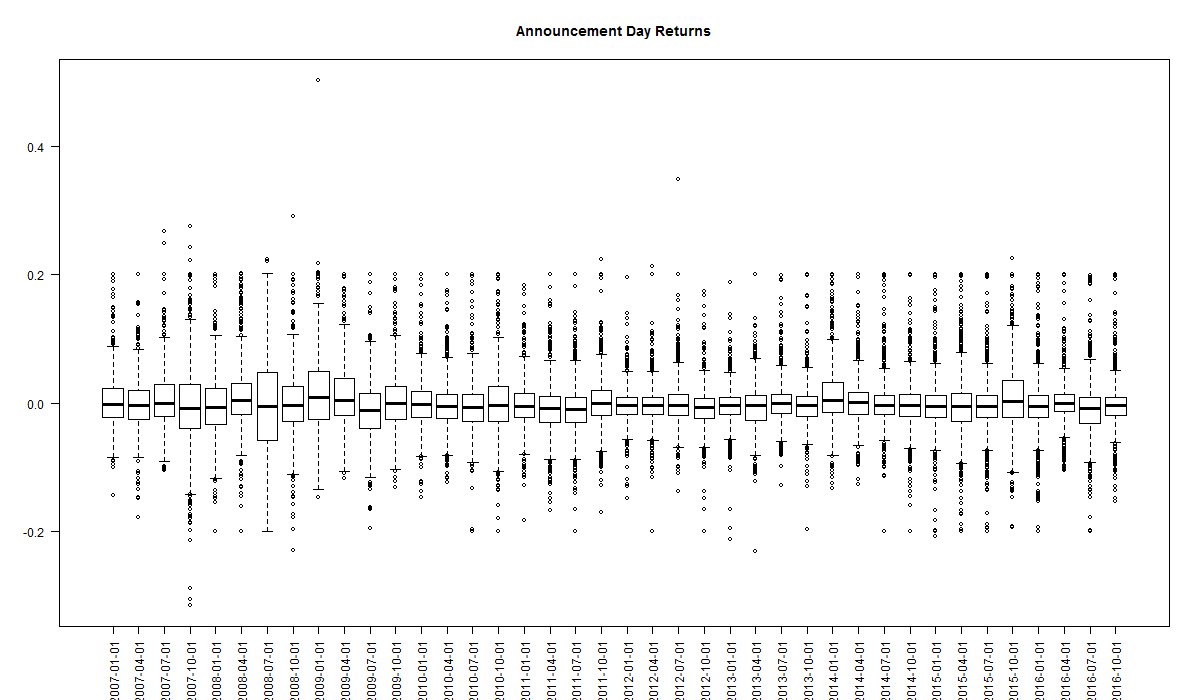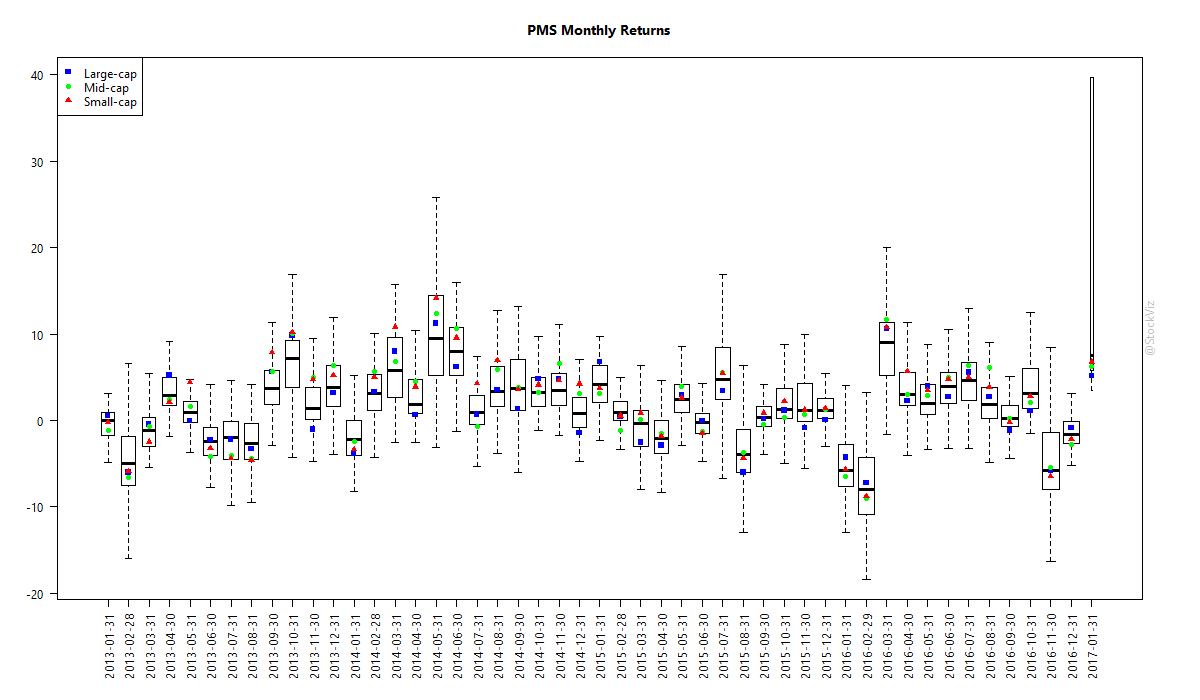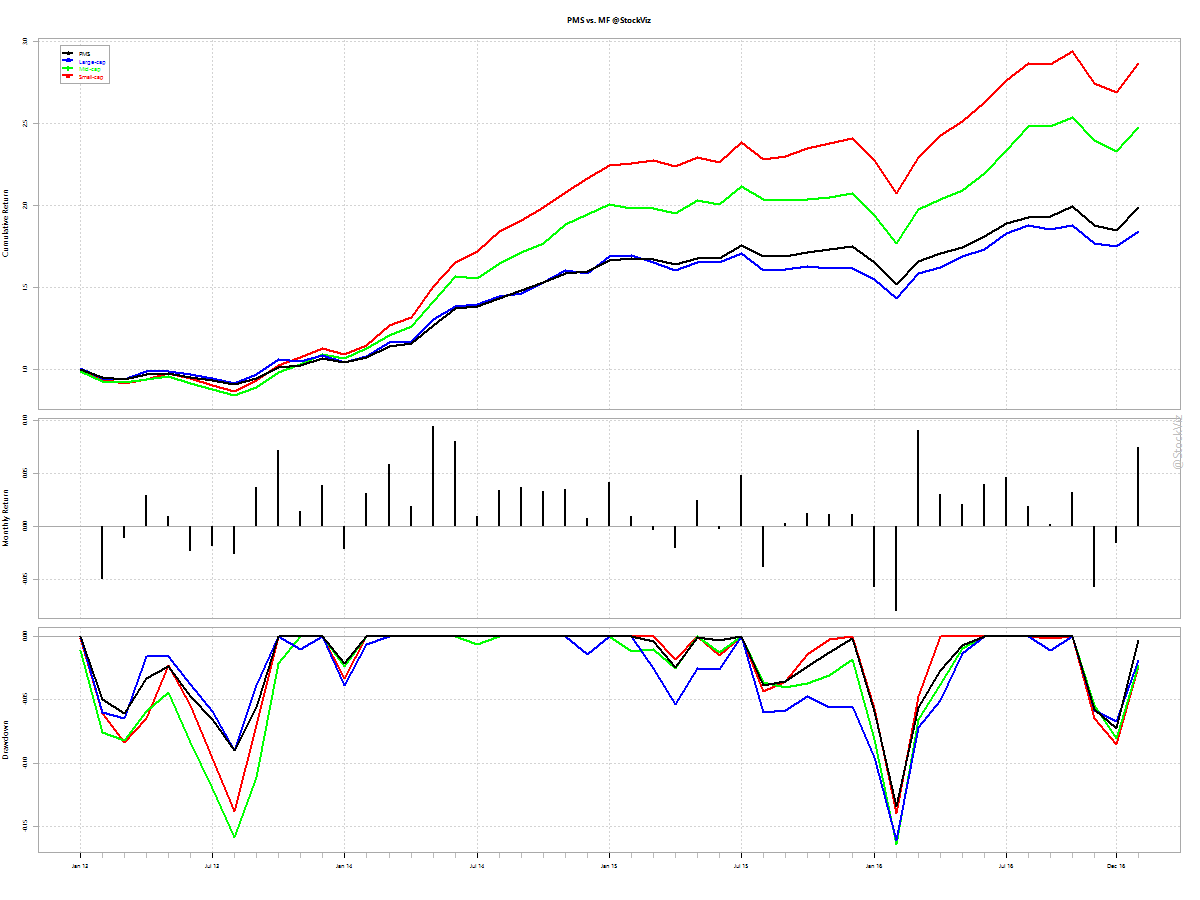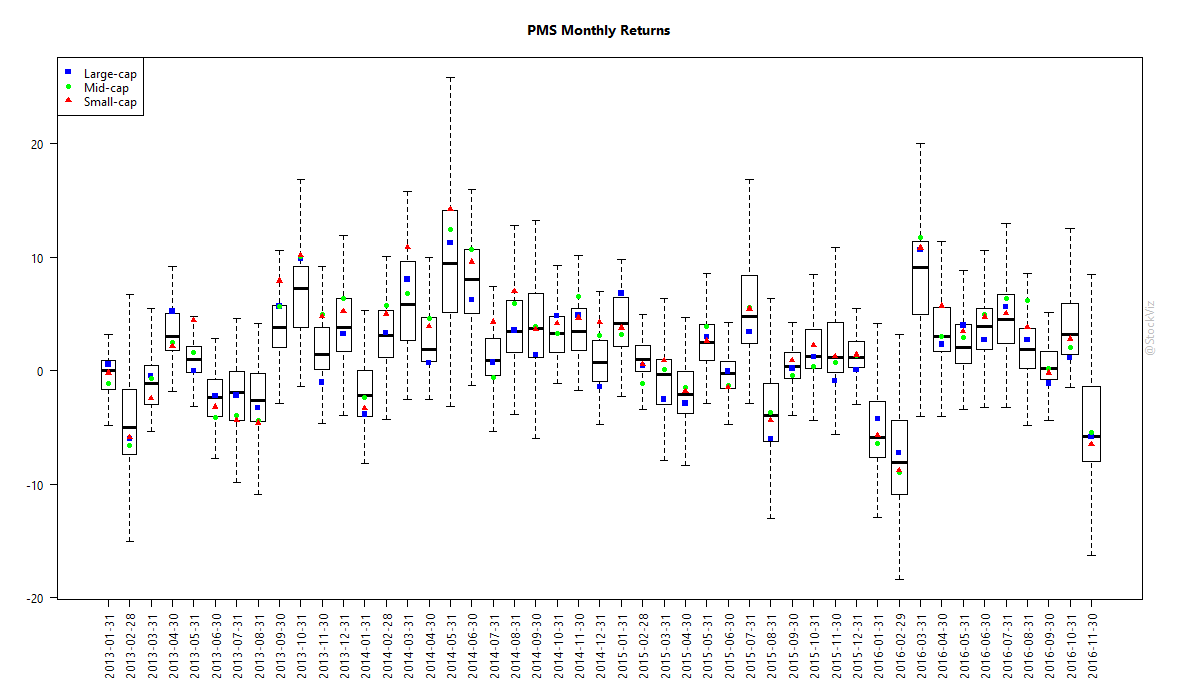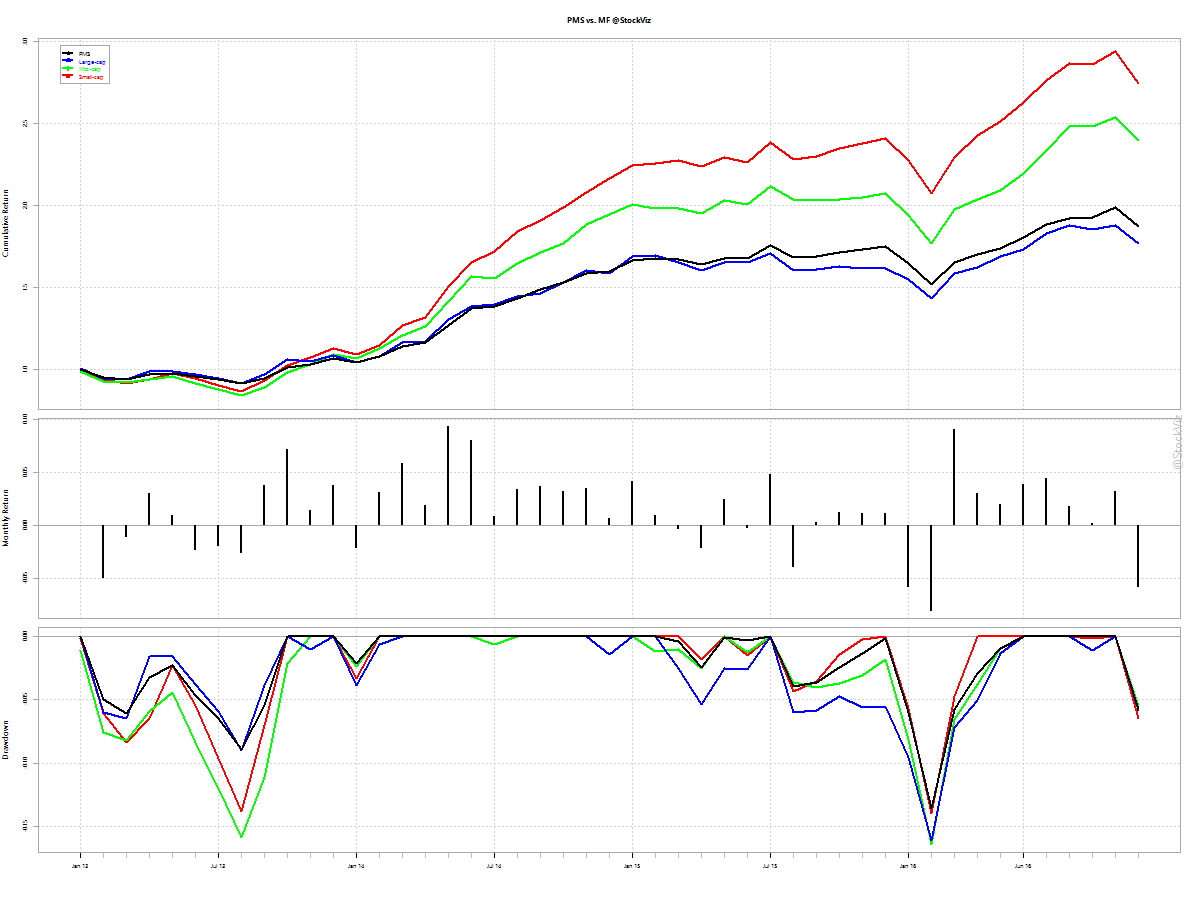The conventional way of implementing momentum strategies rank either relative or absolute time series returns of a universe of stocks. If either market beta, value or the small-cap premium had a big hand in driving equity returns during the formation period, then the momentum portfolio will be overweight those factors. This leads to steep momentum crashes, or so the theory goes.
In their paper on Residual Momentum, Blitz, Huij and Martens propose ranking stocks based on the residuals obtained after fitting their return series to the Fama-French Three factor model. They argue that a portfolio created this way outperforms vanilla momentum strategies.
We have created an automated residual momentum strategy, Momo (Residual) v1.0, that implements the residual momentum strategy outlined in the paper.
